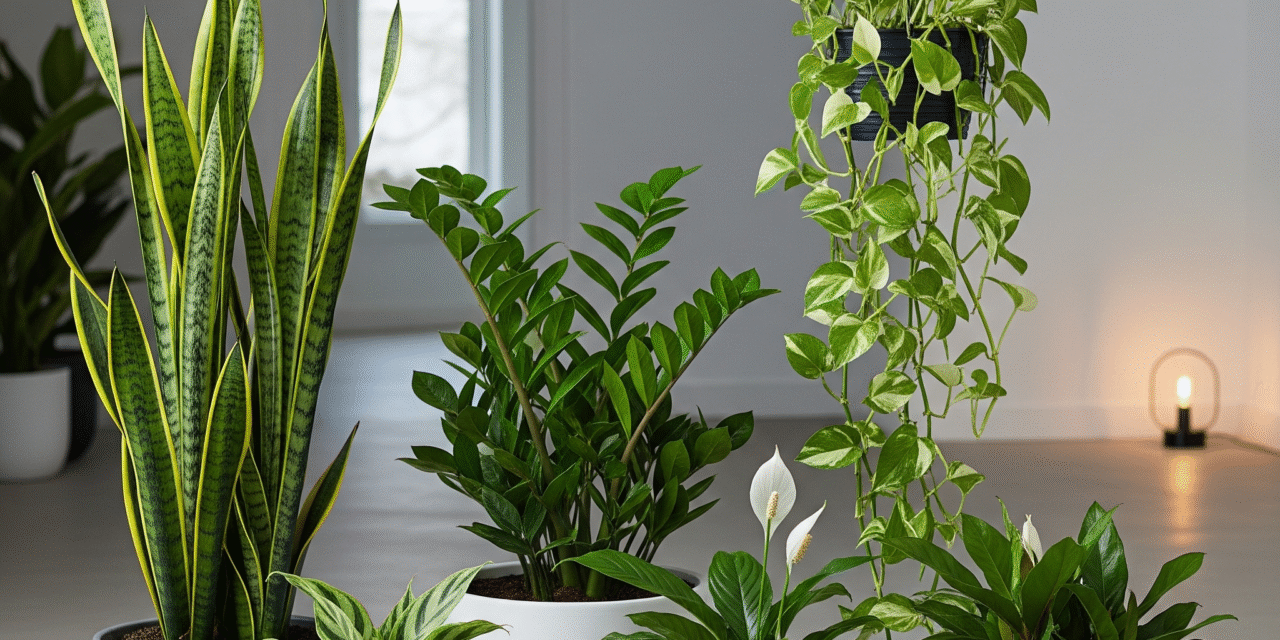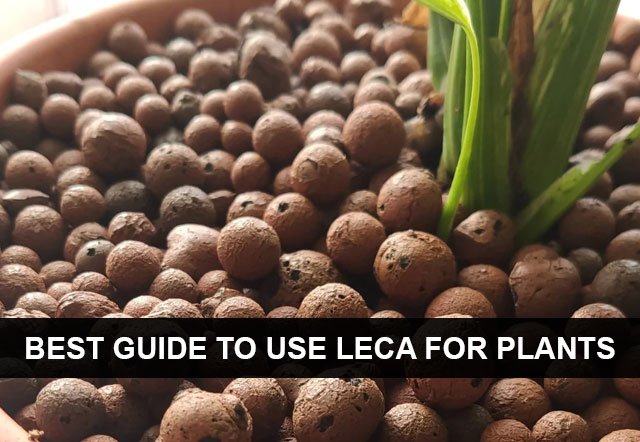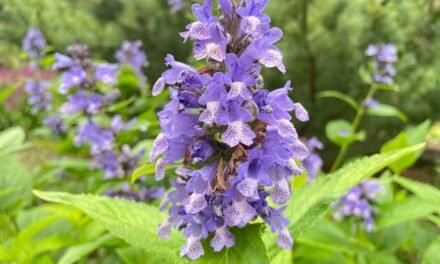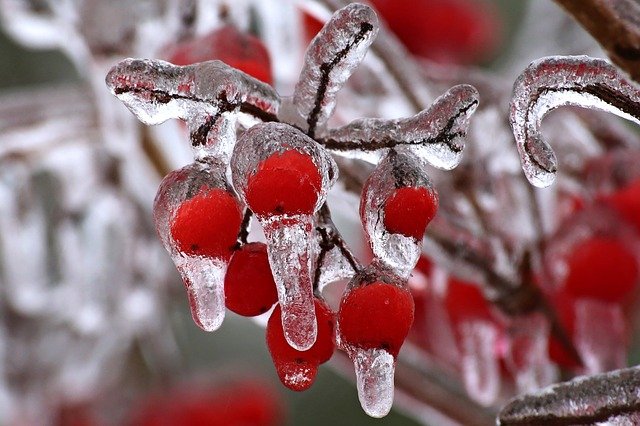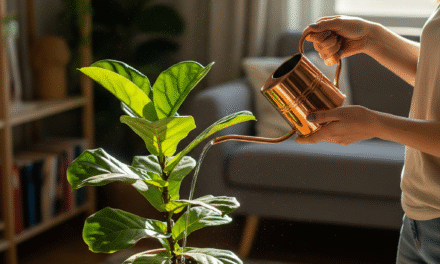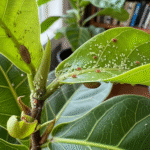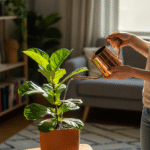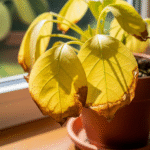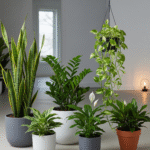Many people assume that all plants need bright sunlight to grow, but the truth is quite the opposite. Some plants naturally thrive in low-light or even indirect light conditions, making them perfect for apartments, offices, and rooms without windows. These low-light champions not only survive but also enhance indoor spaces with their lush greenery and air-purifying qualities.
In this article, we’ll explore the top indoor plants that flourish without sunlight, their care tips, and why they make excellent choices for your home or workplace.
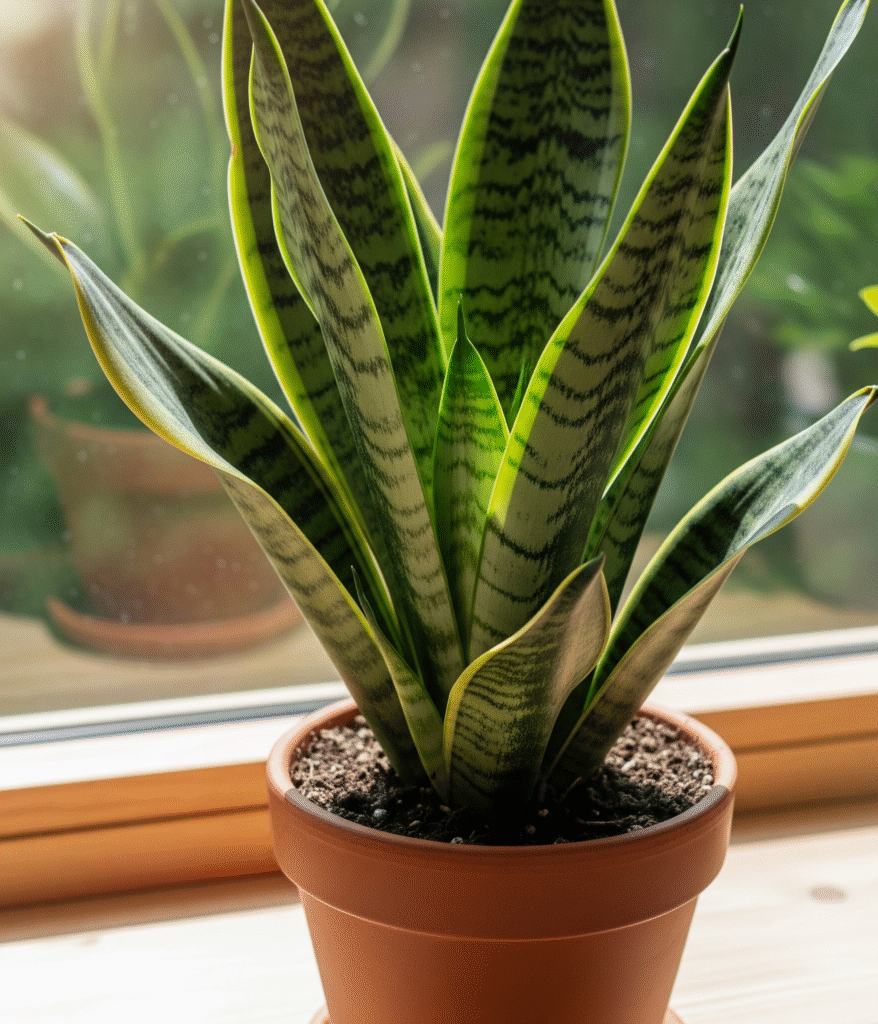
Snake Plant (Sansevieria trifasciata)
The Snake Plant, also known as Mother-in-Law’s Tongue, is one of the most popular indoor plants due to its striking upright leaves and minimal care requirements. Its tall, sword-shaped foliage features shades of green with yellow or white edges, making it a bold decorative choice for any room. This plant is highly adaptable, thriving in low light and tolerating infrequent watering, which makes it ideal for busy lifestyles.
In addition to its visual appeal, the Snake Plant is also an effective air purifier, removing toxins such as formaldehyde and benzene from indoor environments. Unlike many indoor plants, it continues to release oxygen at night, improving air quality while you sleep. With its resilience and health benefits, the Snake Plant is perfect for both beginner and experienced plant lovers.
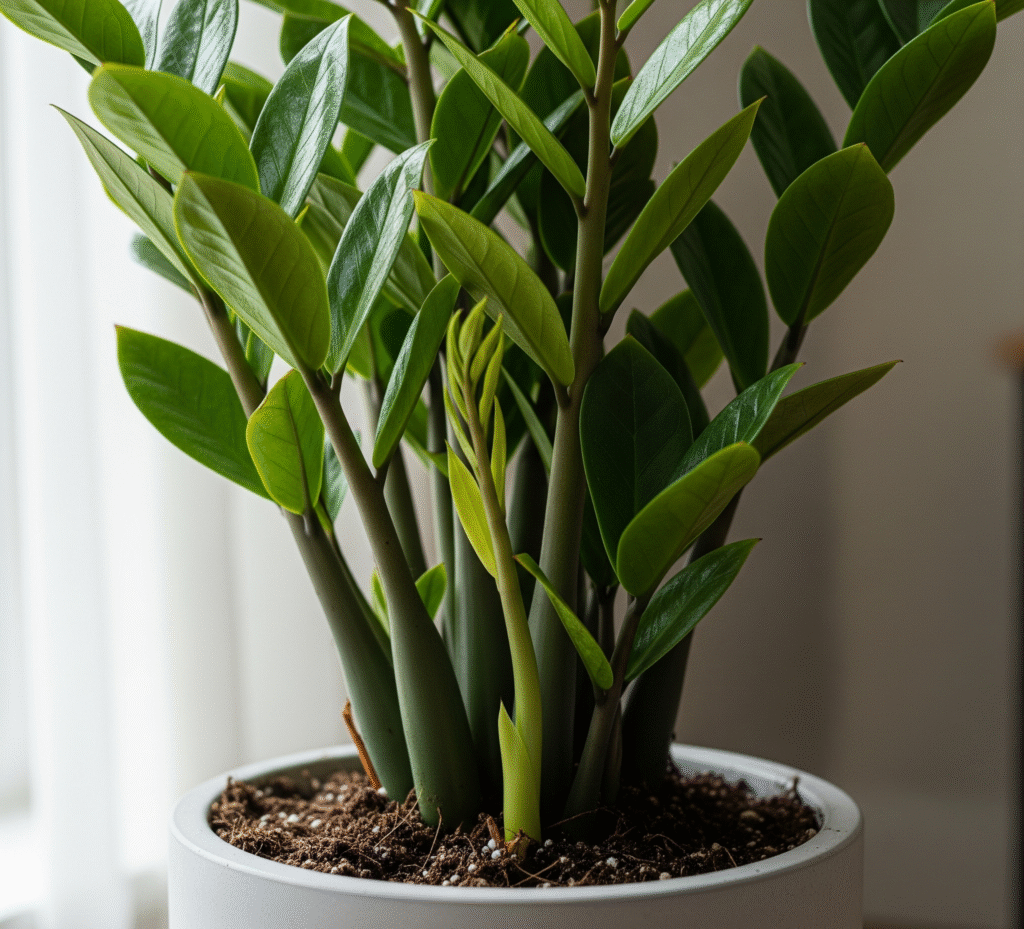
ZZ Plant (Zamioculcas zamiifolia)
The ZZ Plant is a hardy and stylish choice for those seeking low-maintenance indoor plants. Its glossy, dark green leaves reflect light beautifully, instantly brightening up dim corners of your home or office. Known for its drought tolerance, the ZZ Plant can go weeks without water, thanks to its thick rhizomes that store moisture.
Unlike many other indoor plants, the ZZ Plant thrives even in areas with little to no natural sunlight, making it perfect for windowless rooms. It also helps purify the air, removing harmful toxins and improving indoor air quality. With its sleek appearance and easy care, the ZZ Plant is a must-have for both plant enthusiasts and beginners.

Pothos (Epipremnum aureum)
Pothos is one of the most versatile and forgiving indoor plants, loved for its trailing vines and heart-shaped leaves that come in shades of green, yellow, or white variegation. It grows well in low light conditions, making it ideal for offices, bedrooms, or shaded living spaces. Its cascading growth also makes it perfect for hanging baskets or high shelves.
Unlike many indoor plants, Pothos can thrive in both soil and water, allowing for creative displays in jars, vases, or planters. It requires minimal care, needing only occasional watering and trimming to maintain its shape. With its beauty, adaptability, and air-purifying benefits, Pothos is a must-have for any plant lover.
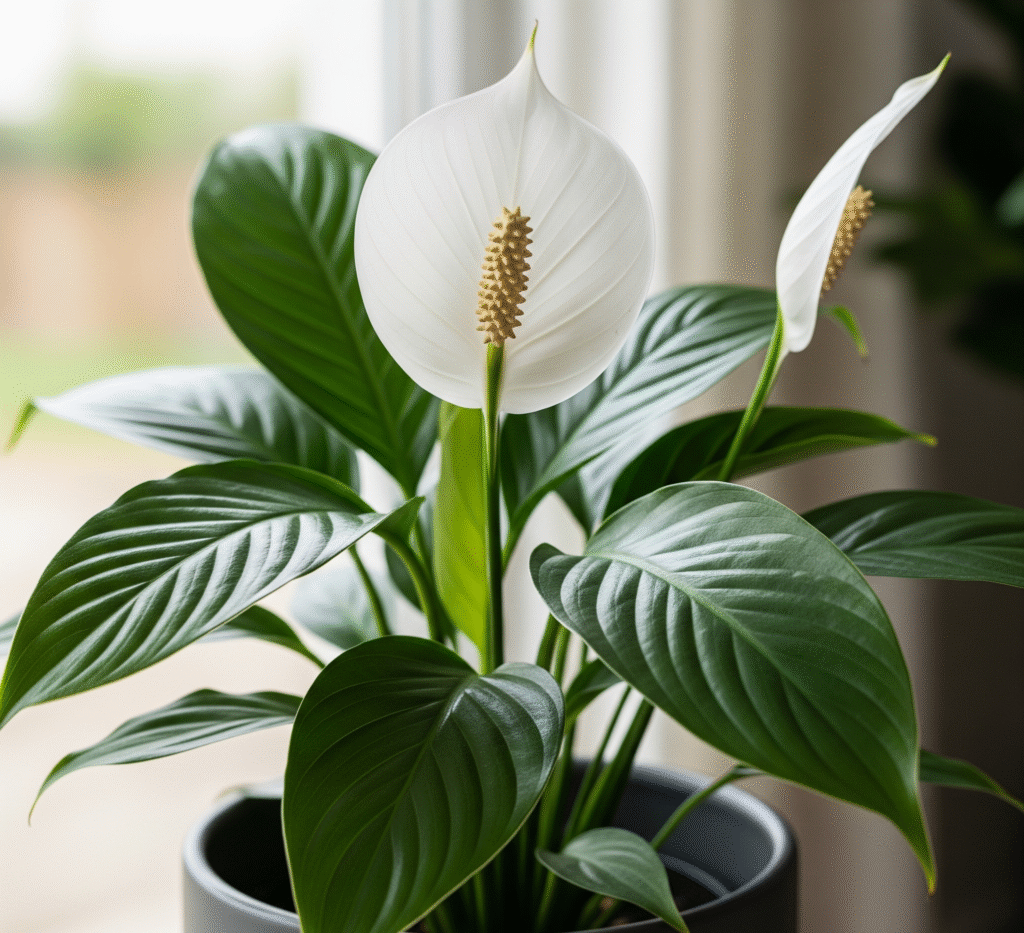
Peace Lily (Spathiphyllum)
The Peace Lily is a favorite among indoor plants for its graceful white blooms and lush green foliage. It thrives in low to medium light conditions, making it perfect for spaces without direct sunlight. Its ability to bloom indoors adds a touch of elegance and freshness to living rooms, offices, and bedrooms.
Beyond its beauty, the Peace Lily is also one of the best air-purifying indoor plants, capable of removing toxins such as ammonia, benzene, and formaldehyde from the air. It requires moderate watering, preferring slightly moist soil, and will even droop to signal when it needs a drink, making it easy to care for.
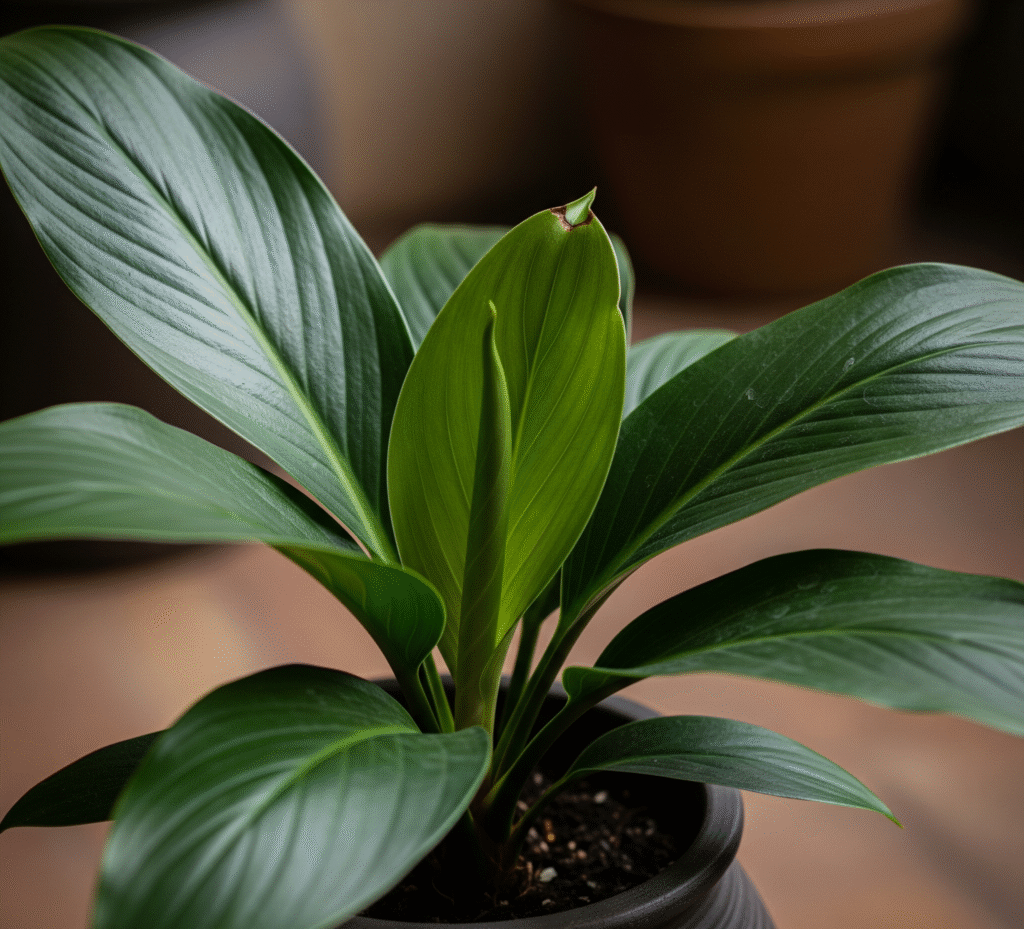
Cast Iron Plant (Aspidistra elatior)
The Cast Iron Plant earns its name for being one of the toughest indoor plants you can own. Its broad, dark green leaves bring a classic elegance to any room, even in spaces with minimal light. This plant is highly tolerant of neglect, temperature changes, and low humidity, making it an ideal choice for beginners or busy plant owners.
Unlike many indoor plants, the Cast Iron Plant can survive in conditions where other plants might struggle. It grows slowly but steadily, requiring only occasional watering and minimal maintenance. Its resilience and timeless beauty make it a long-lasting addition to any home or office décor.
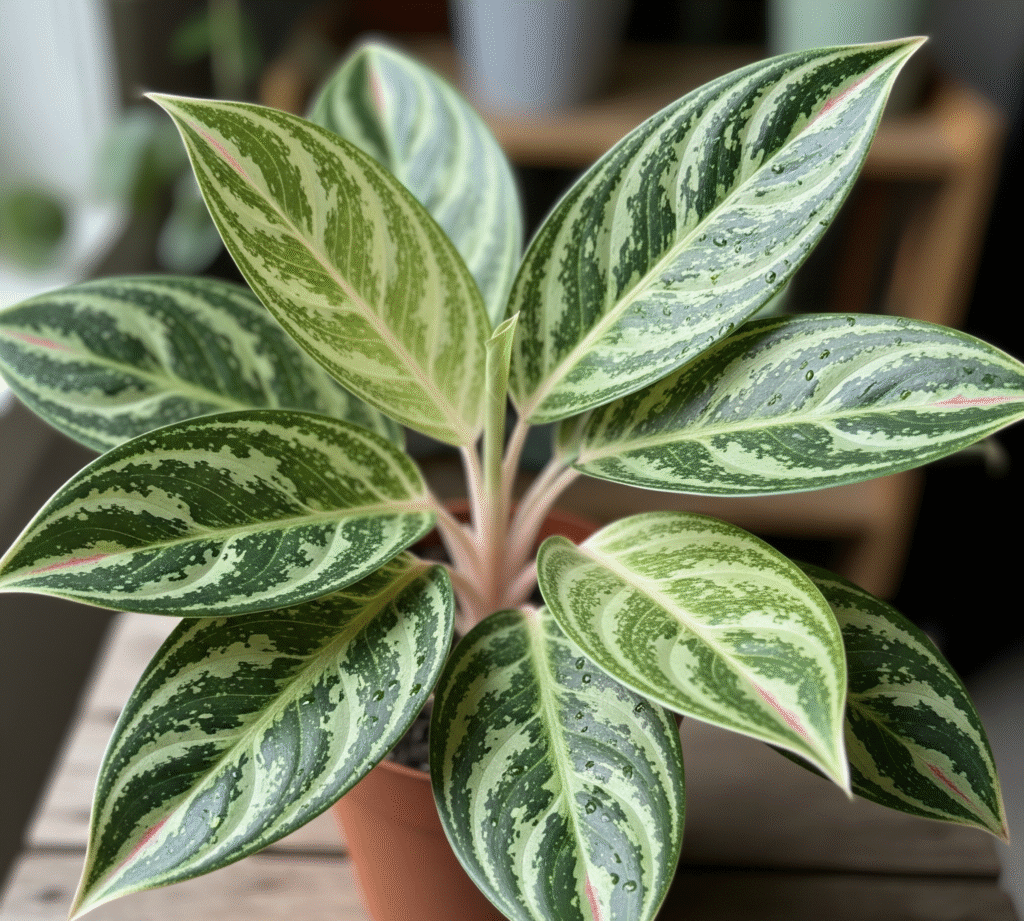
Chinese Evergreen (Aglaonema)
The Chinese Evergreen is a stunning option among indoor plants, admired for its colorful foliage that can feature shades of green, silver, pink, and red. It thrives in low to medium light, making it perfect for rooms without much natural sunlight. Its attractive leaves bring vibrancy to any corner of the home or office.
One of the easiest indoor plants to care for, the Chinese Evergreen requires only occasional watering and adapts well to various indoor conditions. It is also known for its air-purifying qualities, helping to improve indoor air quality while adding a decorative touch. This combination of beauty and resilience makes it a favorite for plant lovers of all levels.
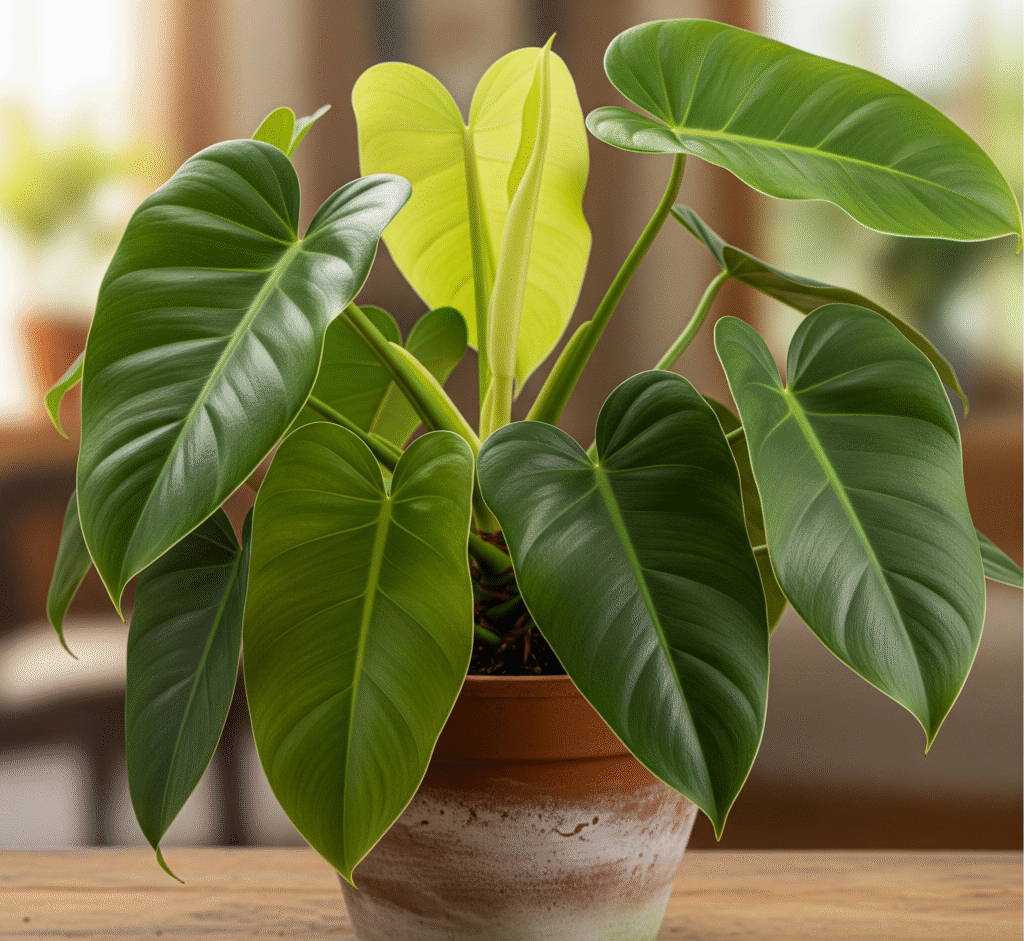
Philodendron
Philodendrons are classic indoor plants known for their lush, heart-shaped leaves and ability to adapt to a variety of lighting conditions, including low light. They are fast-growing and can be displayed as trailing vines or trained to climb supports, adding a vibrant green touch to any space. Their easy-going nature makes them a popular choice for both beginners and seasoned plant owners.
Compared to many other indoor plants, Philodendrons require minimal maintenance—just moderate watering and occasional pruning to keep them in shape. They also help purify the air, creating a healthier indoor environment. With their versatility and timeless beauty, Philodendrons are a perfect addition to any home or office décor.
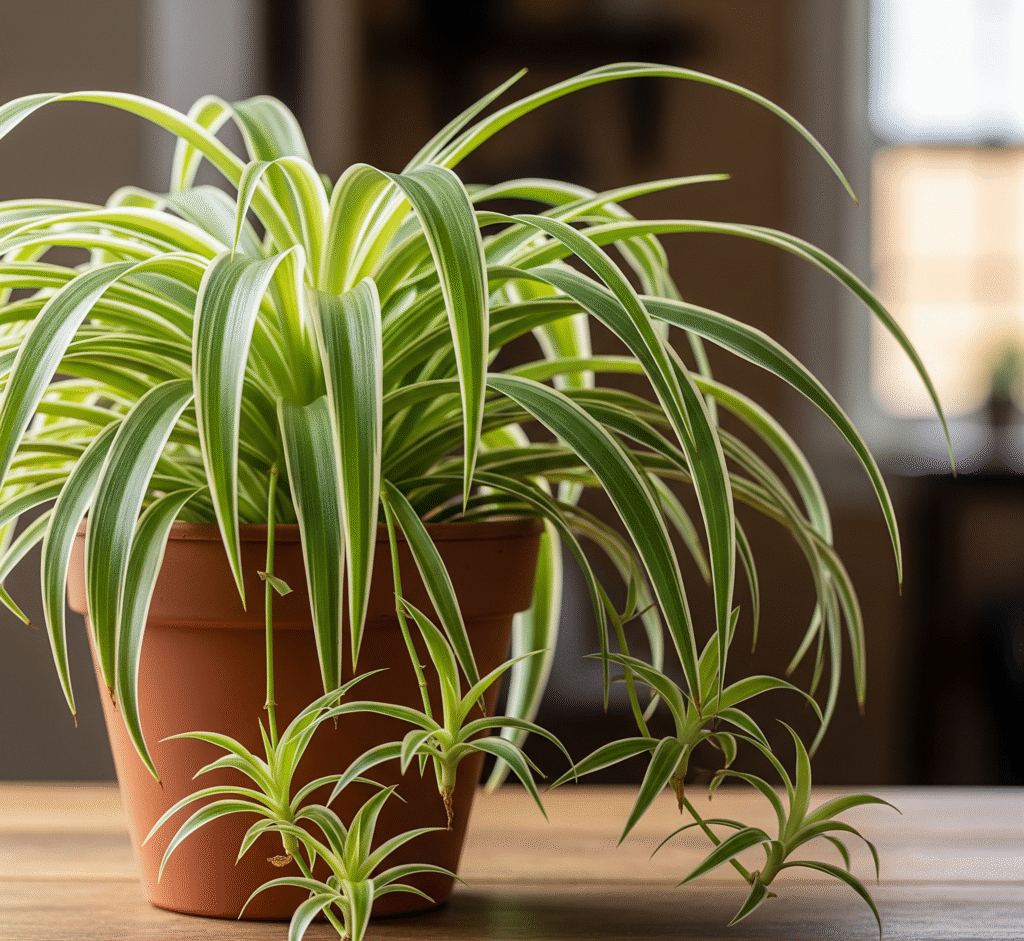
Spider Plant (Chlorophytum comosum)
The Spider Plant is one of the most adaptable and easy-to-grow indoor plants, recognized for its arching green-and-white striped leaves. It thrives in low to bright indirect light, making it suitable for various indoor settings. Its cascading growth looks beautiful in hanging baskets, on shelves, or as a tabletop display.
Unlike many other indoor plants, the Spider Plant produces small “spiderettes” or baby plants that can be easily propagated. It requires minimal maintenance, needing only occasional watering and well-drained soil. With its pet-friendly nature and air-purifying qualities, the Spider Plant is a charming and practical choice for any home.
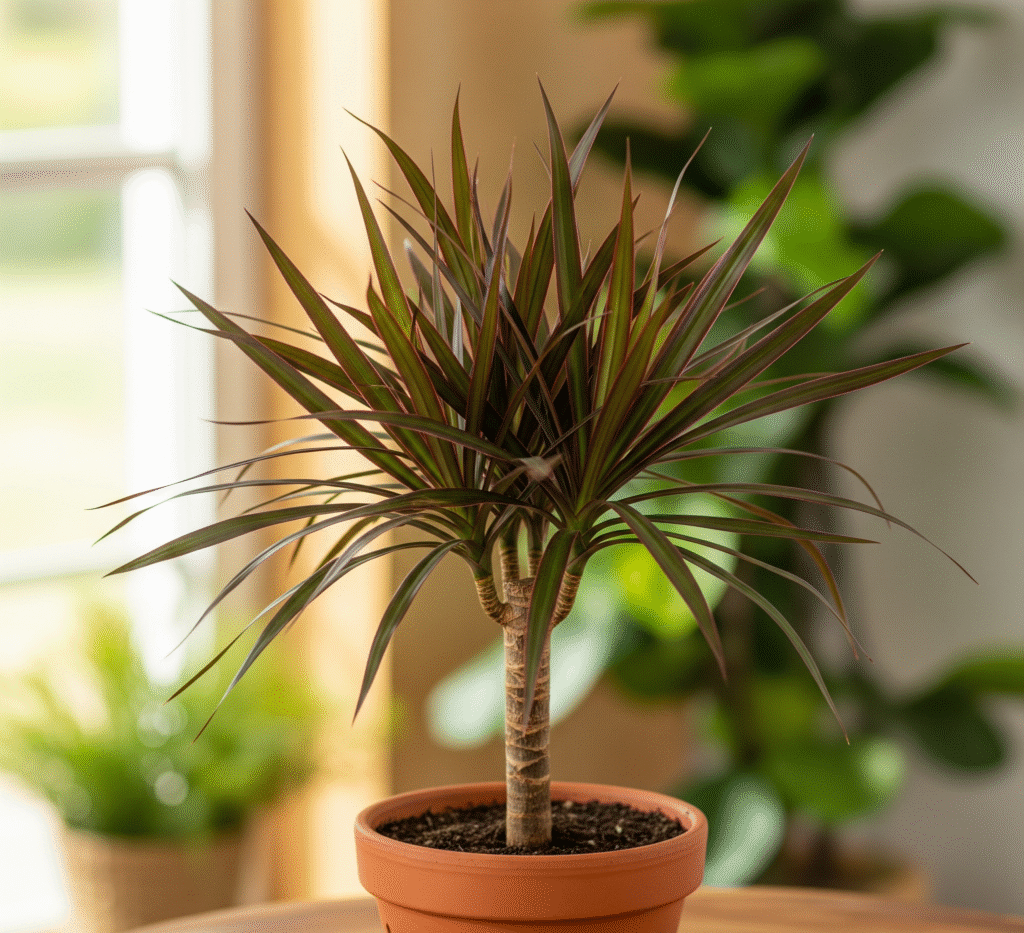
Dracaena
Dracaena is a striking addition to the world of indoor plants, featuring long, slender leaves that can display shades of green, yellow, or even red. It thrives in low to medium light, making it perfect for offices, living rooms, or shaded corners. With its upright growth and bold appearance, Dracaena adds a modern, stylish touch to any space.
Like many hardy indoor plants, Dracaena requires minimal care—just occasional watering and well-draining soil to prevent root rot. It is also an effective air purifier, helping to remove toxins such as xylene and trichloroethylene from indoor environments. Its combination of beauty and resilience makes it a favorite for enhancing indoor décor.
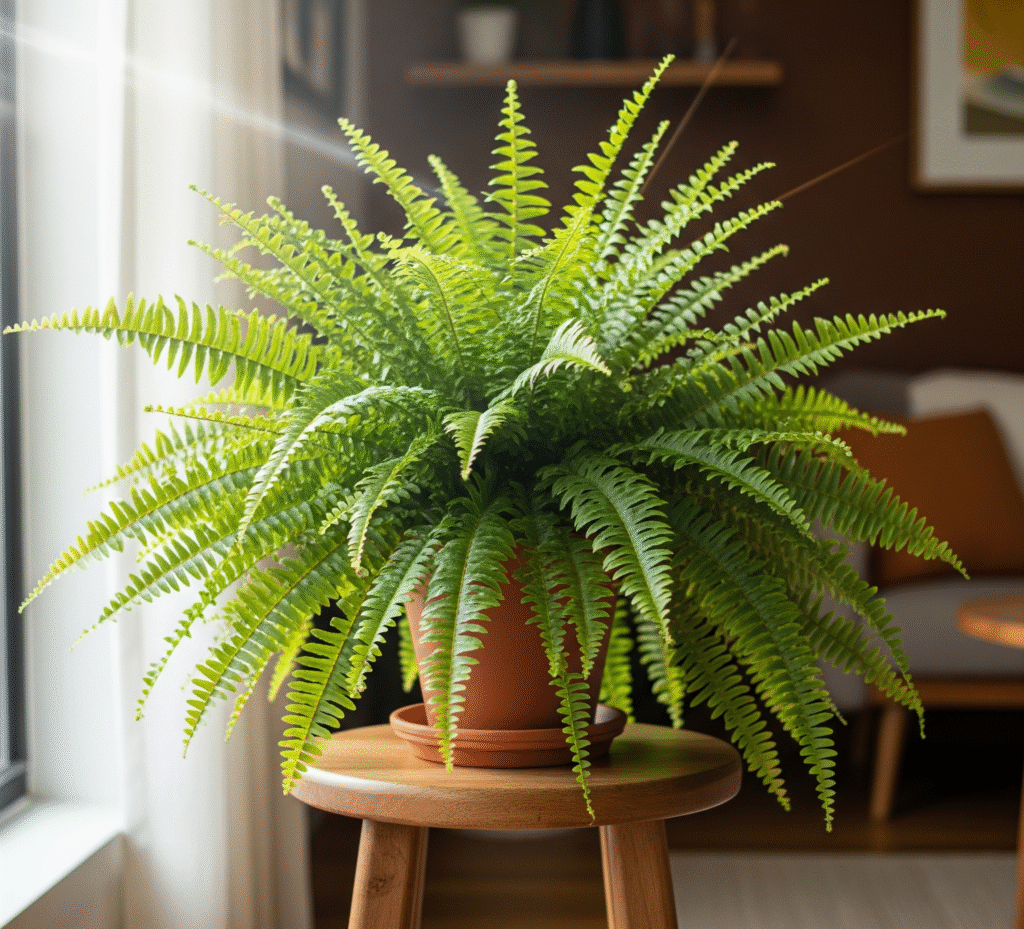
Ferns (Boston Fern, Maidenhair Fern)
Ferns, such as the Boston Fern and Maidenhair Fern, are graceful indoor plants that bring a soft, lush texture to any space. Their feathery fronds thrive in indirect light and high humidity, making them ideal for bathrooms or kitchens. With their rich green foliage, they add a refreshing and natural touch to indoor décor.
Compared to other indoor plants, ferns require a bit more attention to moisture, preferring consistently damp soil and occasional misting. When given the right care, they can grow beautifully and last for many years. Their elegant appearance makes them a popular choice for adding sophistication and vibrancy to low-light areas.
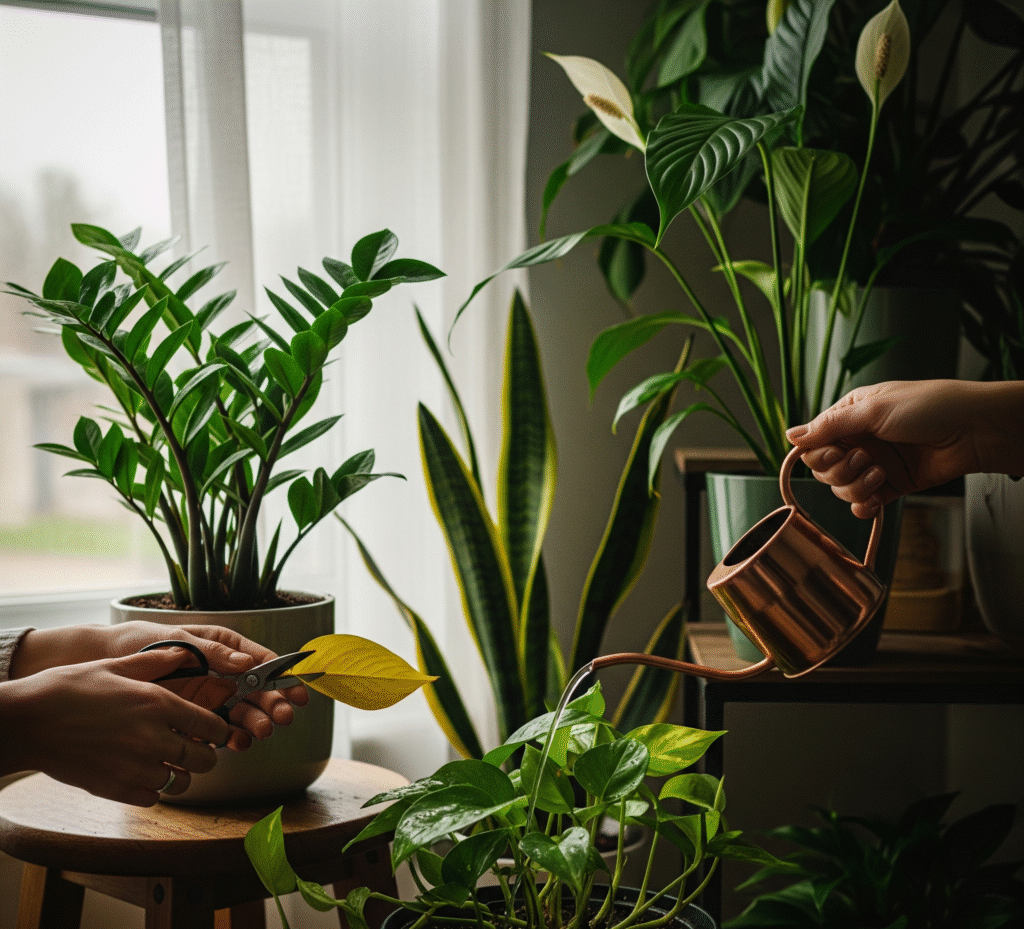
Tips for Caring for Low-Light Indoor Plants
- Avoid Overwatering: Low-light plants generally require less water. Overwatering can lead to root rot.
- Rotate Your Plants: Turning plants occasionally helps them grow evenly.
- Dust the Leaves: Clean leaves can absorb light more effectively.
- Use Artificial Lighting: If natural light is very limited, consider using LED grow lights.
- Watch for Signs of Stress: Yellowing leaves, drooping, or brown tips can indicate watering or humidity issues.

